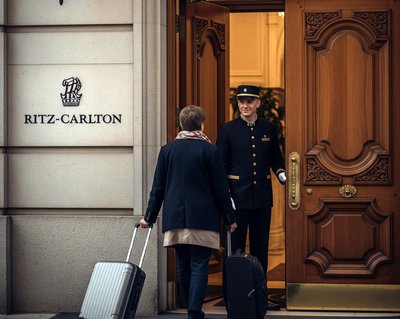
By the time Mulally stepped down in June 2014, Ford had staged a stunning turnaround. He unified global operations, streamlined brands, and standardized platforms across regions while refocusing on core markets. He slashed costs, restructured engineering, and poured heavy investment into fuel-efficient vehicles and cutting-edge technologies. Under his steady leadership, Ford weathered the 2008 financial crisis without a government bailout and returned to strong profitability. His tenure remains a powerful case study in corporate transformation.
One of Mulally’s most crucial changes was dismantling Ford’s toxic culture of internal rivalry and reckless short-termism. When he arrived, executives were shuffled through roles every two years, a system meant to create versatile leaders but one that completely backfired. Employees scrambled to make quick impressions rather than collaborate. Engineers routinely ignored predecessors’ work, even at the cost of losing smart, cost-saving innovations. The result was chaos—no continuity, no teamwork, no accountability.
![]() Mulally understood that leadership demanded stability. After joining Boeing as an engineer in 1969, he rose steadily through key technical and executive positions. He served as Senior Vice President of Airplane Development in 1994, President of Boeing Information, Space & Defense Systems in 1997, President of Boeing Commercial Airplanes in 1998, and finally CEO of Boeing Commercial Airplanes in 2001. Drawing from this deep experience, he extended leadership tenures at Ford, broke down fiefdoms, and fostered a culture of collaboration, discipline, and long-term strategic focus. His approach restored much-needed continuity and accountability, proving that constant job shuffling weakens leadership and that real impact takes time.
Mulally understood that leadership demanded stability. After joining Boeing as an engineer in 1969, he rose steadily through key technical and executive positions. He served as Senior Vice President of Airplane Development in 1994, President of Boeing Information, Space & Defense Systems in 1997, President of Boeing Commercial Airplanes in 1998, and finally CEO of Boeing Commercial Airplanes in 2001. Drawing from this deep experience, he extended leadership tenures at Ford, broke down fiefdoms, and fostered a culture of collaboration, discipline, and long-term strategic focus. His approach restored much-needed continuity and accountability, proving that constant job shuffling weakens leadership and that real impact takes time.
Idea for Impact: Exposing leaders to different departments builds broad perspective and prepares them for senior roles. However, they need enough time in each position to take ownership, build relationships, and drive real change. Rapid job rotations erode accountability and disrupt a deep sense of purpose.
 Performance proves you belong. But it doesn’t earn influence, open strategic doors, or attract sponsorship. Those privileges follow likeability—not charm, not flattery, but emotional fluency grounded in trust.
Performance proves you belong. But it doesn’t earn influence, open strategic doors, or attract sponsorship. Those privileges follow likeability—not charm, not flattery, but emotional fluency grounded in trust..jpg)
 Consider the Ritz-Carlton. Every employee—from housekeeper to concierge—is authorized to spend up to $2,000 per guest, per incident, without managerial approval, to
Consider the Ritz-Carlton. Every employee—from housekeeper to concierge—is authorized to spend up to $2,000 per guest, per incident, without managerial approval, to  It’s not pressure that breaks people—it’s pretending it isn’t there. Your job isn’t to shield your team from pressure, but to sharpen their
It’s not pressure that breaks people—it’s pretending it isn’t there. Your job isn’t to shield your team from pressure, but to sharpen their 
 Some managers inspire loyalty. Others, despite good intentions, slowly drain morale. This isn’t about tyrants—it’s about the well-meaning but unaware. If your team looks tense every Monday, there’s probably a reason.
Some managers inspire loyalty. Others, despite good intentions, slowly drain morale. This isn’t about tyrants—it’s about the well-meaning but unaware. If your team looks tense every Monday, there’s probably a reason. Southwest Airlines didn’t rise to prominence through spreadsheets or sycophancy. It was built by a jolly, chain-smoking Texas lawyer named
Southwest Airlines didn’t rise to prominence through spreadsheets or sycophancy. It was built by a jolly, chain-smoking Texas lawyer named .jpg)

 What struck me most in Penang is how Confucian values—often dismissed as rigid—are anything but. They
What struck me most in Penang is how Confucian values—often dismissed as rigid—are anything but. They 
